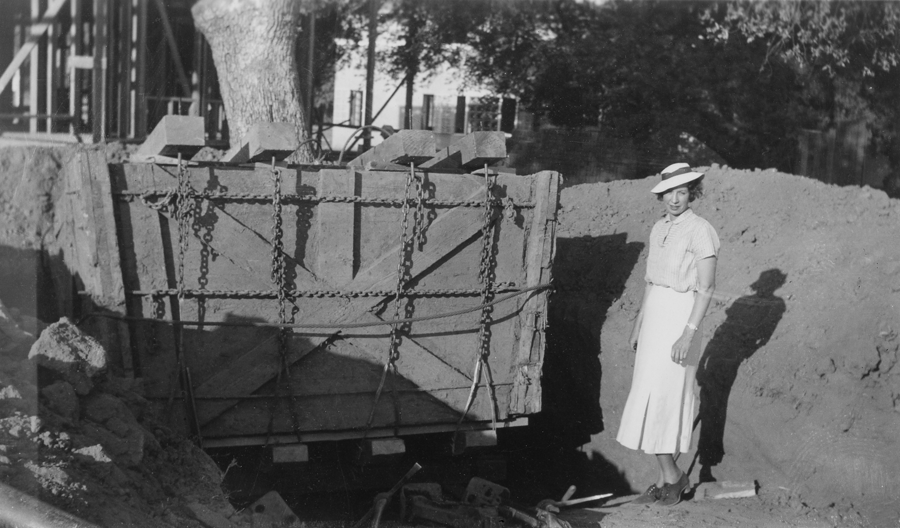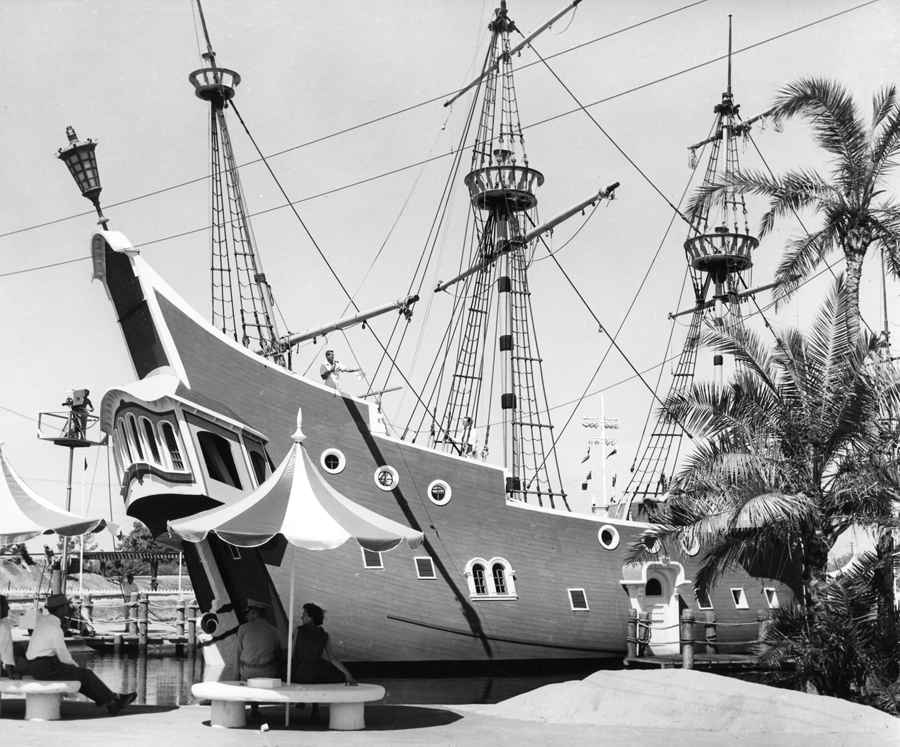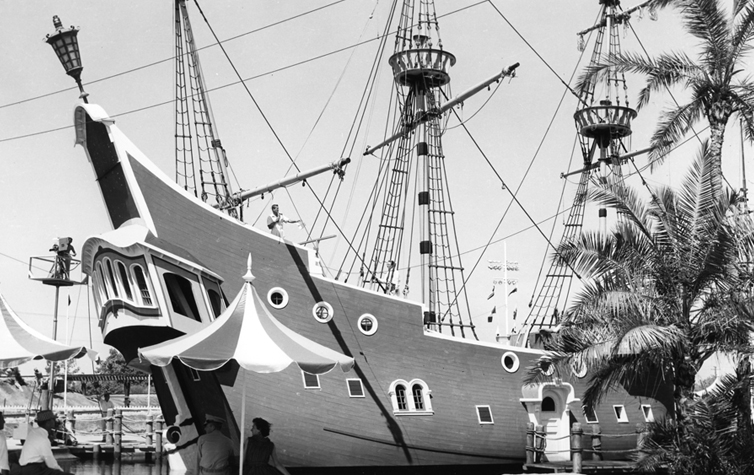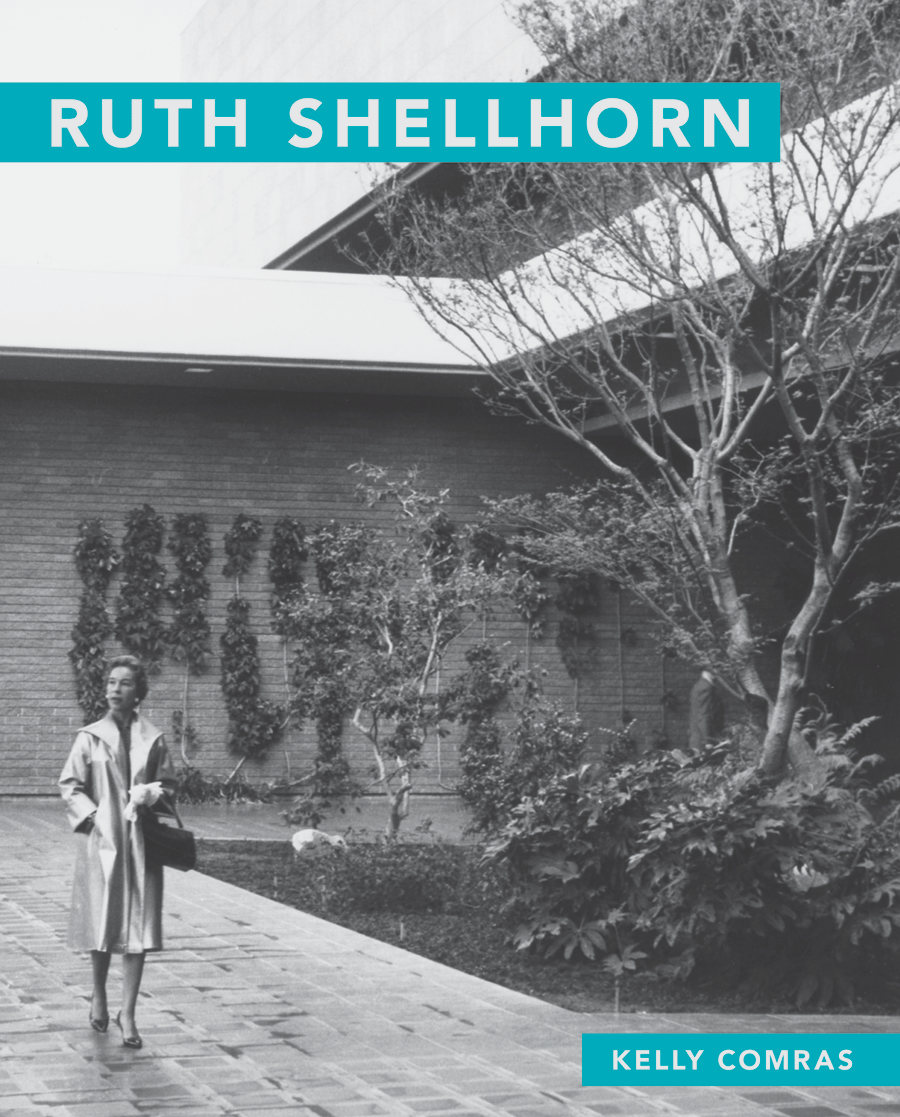
It took a village of creative, problem-solving minds to bring Disney into three-dimensional form in 1955 Anaheim, California. An indispensible mind in this process was Ruth Shellhorn, modernist landscape architect who quickly gained Walt Disney’s trust, commendation, and whose original design remains in place at the park today.
Facing Challenges
In March 1955, with Disneyland hurtling towards its opening day, the book Ruth Shellhorn, author Kelly Comras describes that Walt Disney faced a challenge of getting the distinct areas of the park to “hang together.” This was a problem for an exceptional landscape architect, and at the glowing recommendation of a colleague, Disney called upon Ruth Shellhorn for the job.
Shellhorn arrived on the scene and quickly gained trust. She caught a discrepancy in the planc concerning the grade in a particular area. She also insisted that Walt Disney’s idea to put a bandstand in the Town Square entrance area would block the view and not be a good choice. Once construction on the band stand was underway, he realized Shellhorn was right and had it removed, telling Shellhorn, “You have my absolute confidence.”

Modern Influences
In addition to the success of her work in rising to address these challenges, so much so that most visitors to Disneyland would probably not even recognize the need for her work—it does all “hang together”—Shellhorn is also notable for Atomic Ranch readers because of her relationship to midcentury modern design.“Without an existing model to consult,” Comras writes of her work in Tomorrowland specifically, “Shellhorn drew on modernist design elements and a large vocabulary of plants associated with contemporary landscapes. Her drawings featured planting areas in abstract shapes and emphasized the use of plants with strong geometric forms and bold colors.”
Beyond Disneyland, her landscape architecture reflected and also did much to shape the indoor-outdoor aesthetic of Midcentury Modern in public and private spaces. For more on Ruth Shellhorn, read Ruth Shellhorn by Kelly Comras and check out feature on her in the summer issue of Atomic Ranch.













